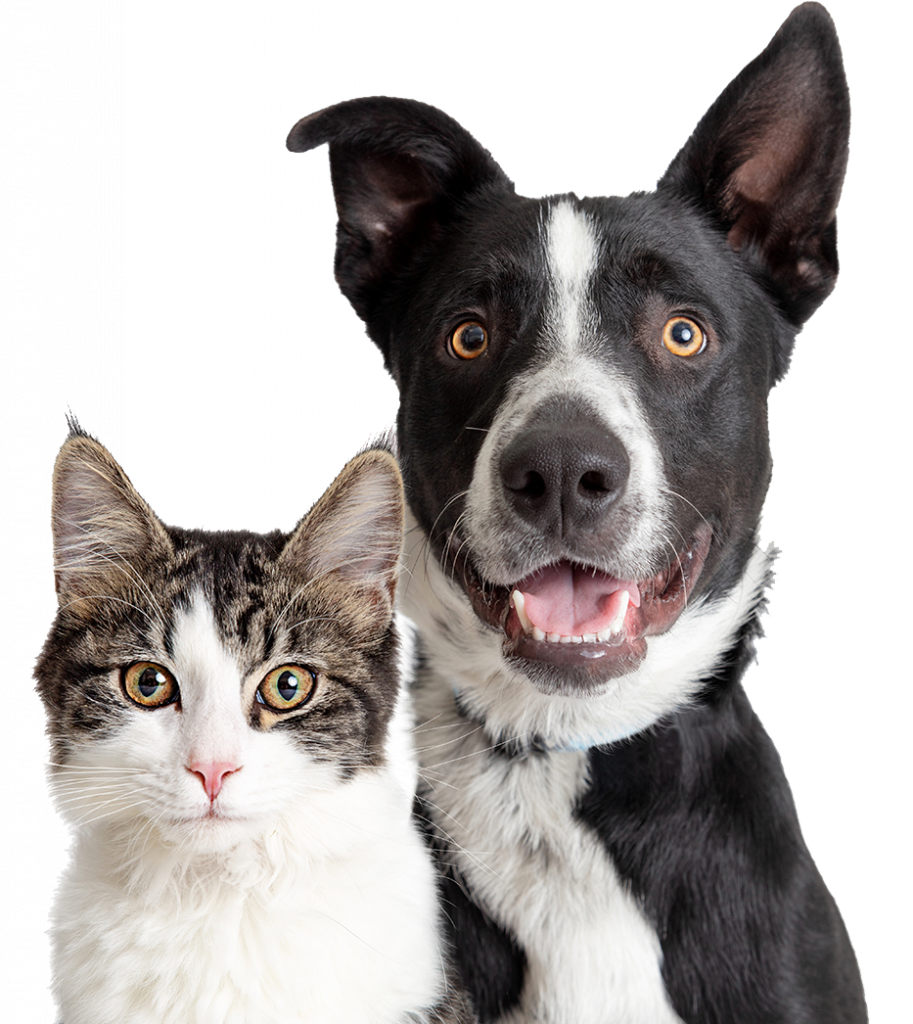
Take your pet wherever life takes you!
Door-to-Door Pet Transportation
Wherever you are in the world, if you need help transporting your pet either to or from Colombo, Sri Lanka, we can handle the complete process.
One Stop Pet Travel Agent
We offer veterinary services, blood tests, pet boarding, IATA pet travel boxes, flight booking, ground transportation, paperwork, health certificates, customs & quarantine clearances.
Licensed Pet Travel Company
We are active members of the ‘International Pet & Animal Transport Association’ (IPATA) & ‘Pet Alliance Network’ (PAN) which are worldwide organisations of licensed pet transporters.

What we offer
Transportation of Snub-Nosed Pets
International Travel for Snub-nosed pets is quite complicated & most airlines have either restricted or banned accepting these particular breeds. Don't worry! We will find the best flight options for your snub-nosed fur baby.
Pet Boarding
Services
We provide pre-flight and post-flight pet boarding services through our partner boarding kennels. We also offer special boarding services for puppies and rescued pets who are getting ready to travel overseas.
Import Permits
for Pets
All pets arriving in Sri Lanka requires an import permit and an import license. We will guide you to ensure that your pet child fully complies with Sri Lanka's import health requirements.
Customs & Quarantine Services
We have in-house Customs Brokers & also experienced agents to handle Quarantine clearances. We can handle clearances anywhere in the world through our worldwide partner network.
Veterinary Services for Pet Travel
We can handle Microchipping (ISO Standard), Vaccinations, and all types of blood tests including the Rabies Antibody Titer Test (RNATT) at approved laboratories.
EU International Health Certificate
If your pet child is travelling to a European Union (EU) member state; then you would require a non-commercial or commercial EU Annex depending on the requirement.
Pet Travel Documentation
We will handle all your pet travel documentation, pet passports, health certificates, export permits, import permits, customs forms, clearance approvals.
International Pet Travel Crates
We supply IATA compliant pet travel boxes (airline pet travel containers / sky kennels) for all types of pets. We also supply CR-82 wooden crates for aggressive dog breeds.
Pet Relocation Consultancy
Health Requirements & Entry Regulations differ from country to country and it keeps on changing frequently. Talk to us so we can offer our expert advice & the latest information on your international pet travel requirements.
Exporting Pets from Sri Lanka
Moving overseas with your pet? Let us handle everything & safely relocate your pet child overseas. We are updated with the latest import health requirements of any country through our worldwide network.
Importing Pets to Sri Lanka
Are you moving to Sri Lanka with your pets? We can arrange a door-to-door relocation service for your fur baby through our accredited pet relocation partners worldwide.
International Transportation of Rescued Cats & Dogs from Sri Lanka to overseas

If you are a tourist holidaying in Sunny Sri Lanka and have fallen in love with a homeless stray puppy, street dog, beach dog or a cat and wish to rescue; we can surely help you.
We can assist you with the collection, veterinary services, boarding services, paperwork, flights and destination services. Our expert team will ensure that the rescued pet fully complies to the destination country’s health requirements before being transported. We have safely transported hundreds of rescued cats & dogs during the past few years. Contact us for more information.
Our clients love us!
Address
Terminal 2, Air Cargo Village, Bandaranaike International Airport (CMB), Katunayake 11450, Sri Lanka.
Telephone










